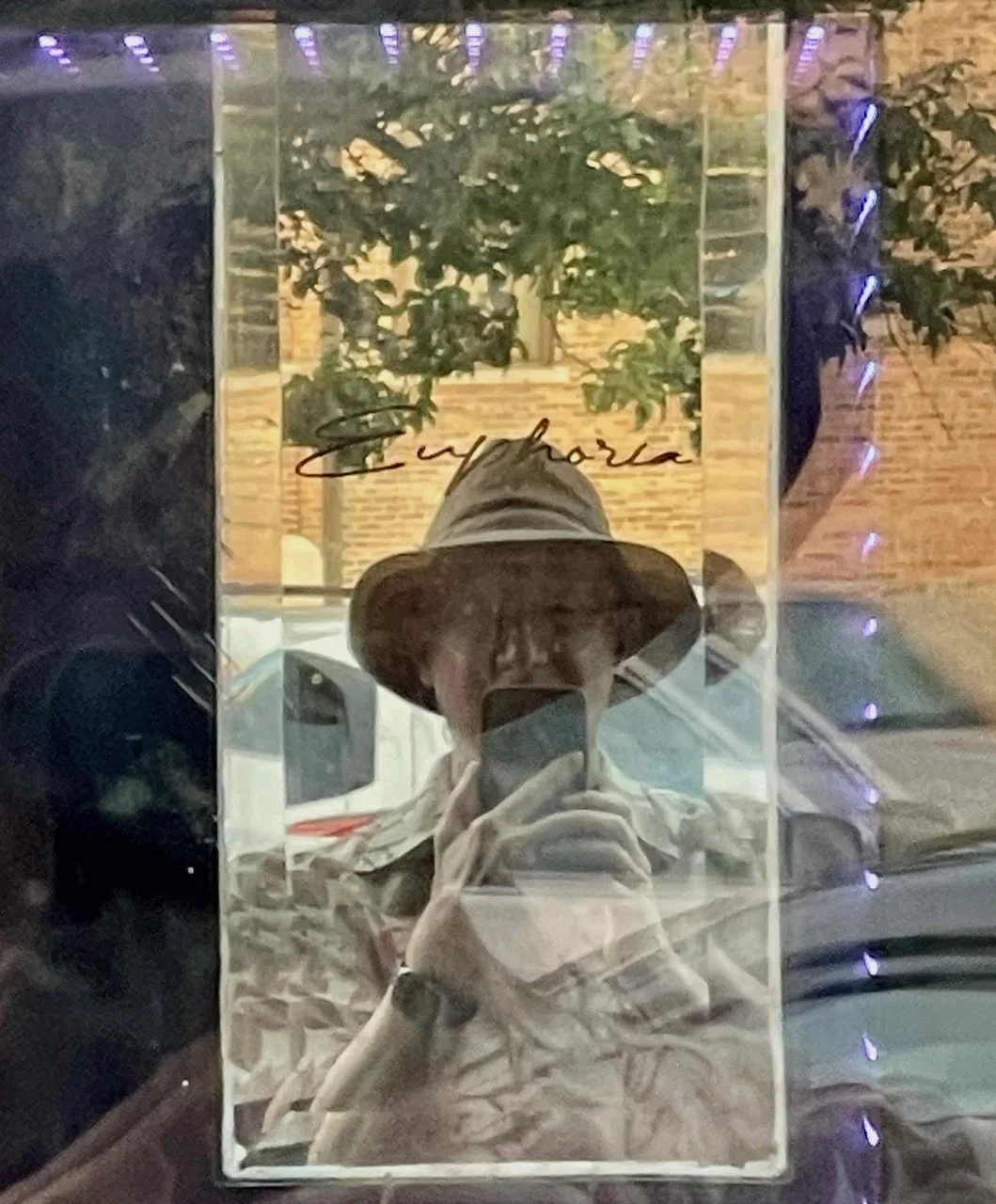Writing From The Inside Out 2025 Week 22 Prompts
based on Lindsey Wayand’s, Every Day
If you wish to attend the read around (t’s free, fun, a great way to share, and reading a poem is optional). Note: If you registered already, you do not need to register again, simply use the link sent to you in your confirmation email. Register Here:
Next Read-Around is 5/29/25 at 5:00 PM PST
How It Works:
Read the poem
Do your own reflection on it, noting what it inspires in you
Feel free to use your own reflection as your prompt or…
Use the selection of prompts below
Pick one that inspires you and write (feel free to use only one or write several poems using different prompts) or…
Don’t use any of the provided prompts and follow your inspiration from wherever it comes
My Thoughts
What does the mind want? It may seem a strange question to ask. Strange to give the mind its own independent presence, a sentience with its own needs, desires, fears and concerns; strange, also, to think it is something we each possess, that I have my mind and you have yours. The mind is not a thing, not like cars or crows or crystals. But it can take us places; we can soar with it; we can use its sharpness and clarity to cut through things. The mind is not a country or a kingdom, but it is populated with millions of ideas with shich secan converse. Lindsey Wayland’s poem, Every Day, claims the mind wants diamonds, or to be precise, the refracted light of diamonds. She then contrasts the mind’s love of refracted side-lighting to the body’s dense desire for the stone fruits of the earth, for the knowing of things by touch and taste, and for the body’s ability to move through dark places with confidence. The body simply opens to receive the light without a need to change its direction by refracting it from a single slivered angle. Wayland’s poem captures two distinct ways of knowing, two ways of navigating life.
EVERY DAY
The mind wants multi-faceted diamonds,
clean cut on many sides, a stone measured
in brilliance, measured by how the light touches it.
Like how turning an idea can catch light,
bounce it in another direction, like how an idea
forgotten can still be lit again. Even diamonds
with inclusions reflect the light that shines on them.
In the 1800s they mined diamonds and cut them
with respect to how candle light would flounce
on the diamond's many faces. The mind wants that.
The body wants stone fruit, sun in the orchard.
Day after day, a pollinator arrives
and white flowers open,
every day the juice of fruit touches my tongue,
and every day my tongue knows my mouth
better than I know most things.
I want to be like my tongue,
soft movement through the dark known places
with confidence. To rest and receive the light when,
like lips parting, the sun rises.
—LINDSEY WAYLAND
https://www.lindseywayland.com/poems
Prompt Ideas
Journal or write a poem describing what the mind wants. Wayland claims the mind wants diamonds. What metaphor might you use for what the mind wants.
Wayland describes how the mind can turn ideas to catch different facets. Journal or write a poem describing ideas as things you can hold, turn around, take apart, etc.
Journal or write a poem about diamonds, wherever the idea takes you.
Journal or write a poem about what the body wants. Consider contrasting the desires of the body with the desires of the mind.
Journal or write a poem about a time when you had to navigate through the dark. Wha tis the difference between navigating a dark environment you know well versus one you do not know.
Take the title of Waylands poem, Every Day, and use the as your prompts.
Consider the body and the mind as two distinct ways of knowing and about the differences and similarities.
As usual, write about anything else in the poem or in life that inspires you.
